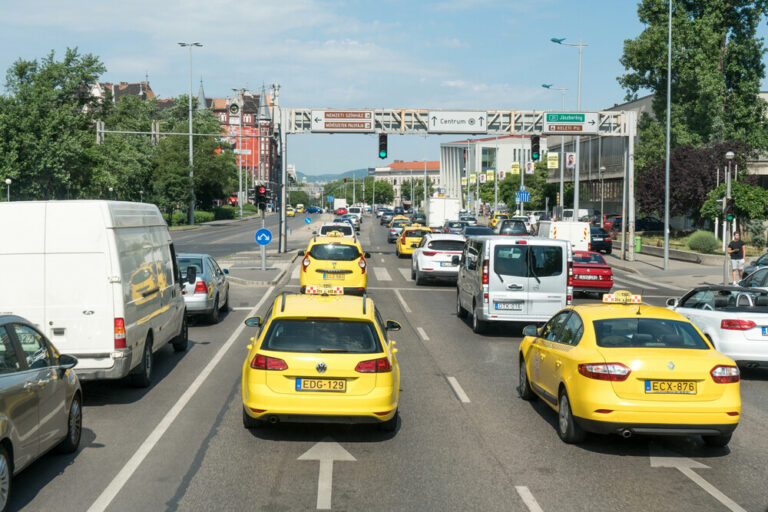traffic
A world-class attraction: Budapest’s 100-meter Christmas tree
Important: Hungarian Highway Code changed with immediate effect
New airport shuttle from Buda? Expansion of 100E shuttle service proposed
Get ready, Budapest: Major overpass makeover set to begin— traffic restrictions ahead
Cyclist hit by car driven by elderly woman at Astoria – VIDEO

ETSC proposes significant restrictions on the use of e-scooters in EU countries, including Hungary
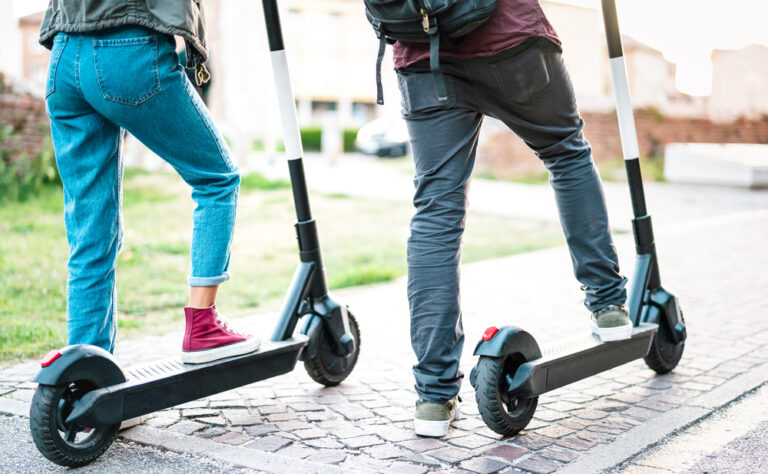
Hungary to extend M6 motorway and build new bridge in Mohács by 2028
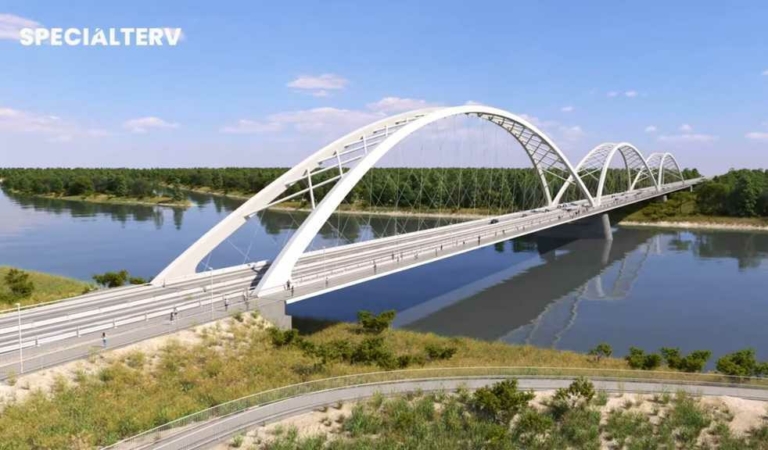
Planning a road trip in Hungary? 2025 motorway vignettes go on sale soon!
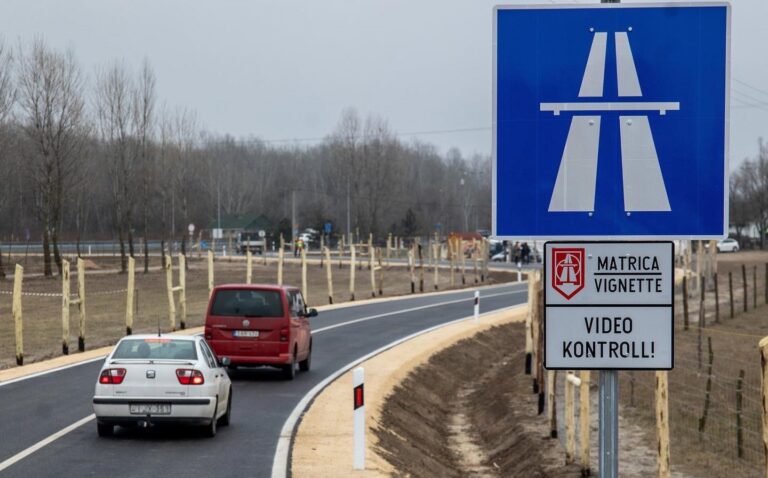
Austria closes off road with a concrete barrier to stop Hungarian commuters
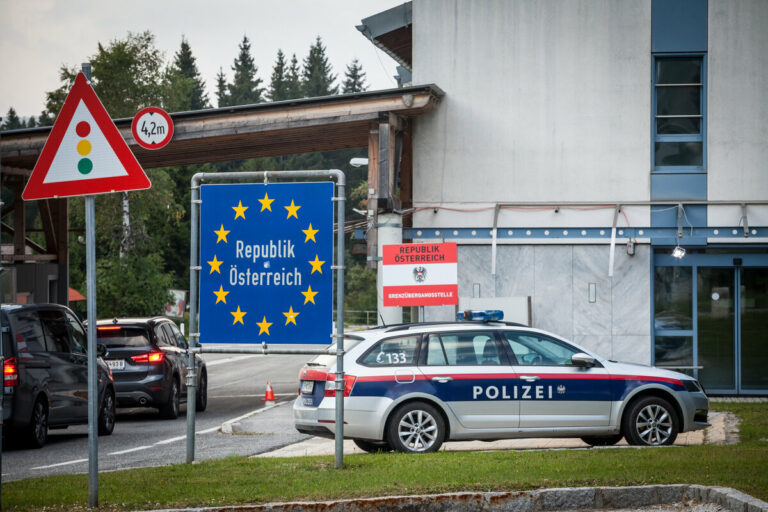
Budapest’s parking crisis: Growing consensus that the city is no longer drivable
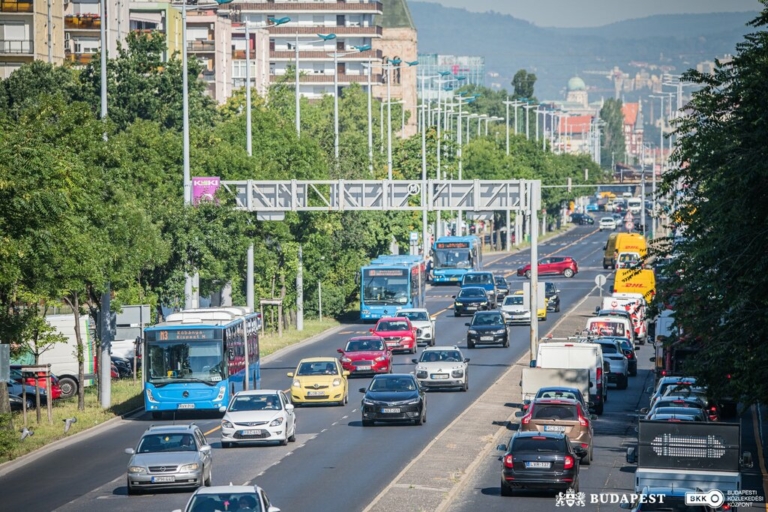
Attention! Traffic changes and public transport disruptions tonight in popular Budapest district
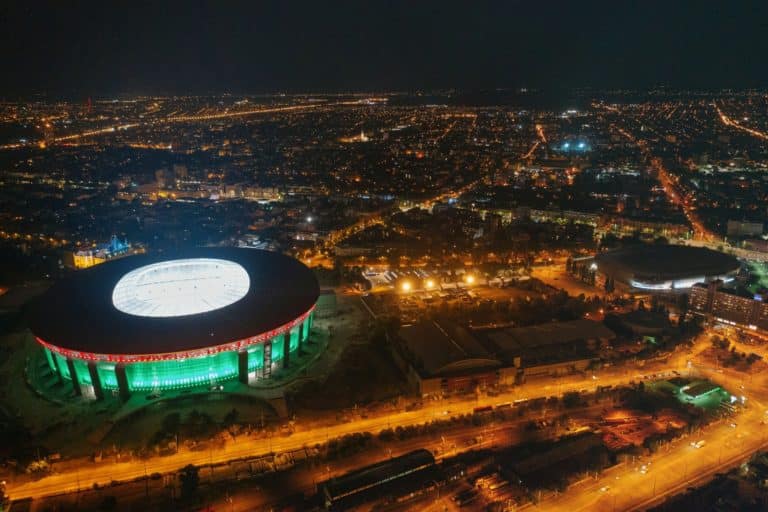
Expansion of M1 motorway in Hungary reaches a new milestone – PHOTOS
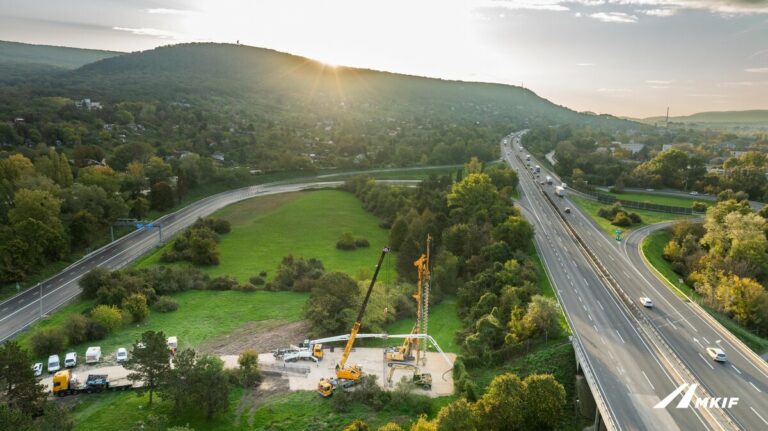
Important: Expect huge traffic chaos in Budapest for Hungary’s biggest diplomatic event
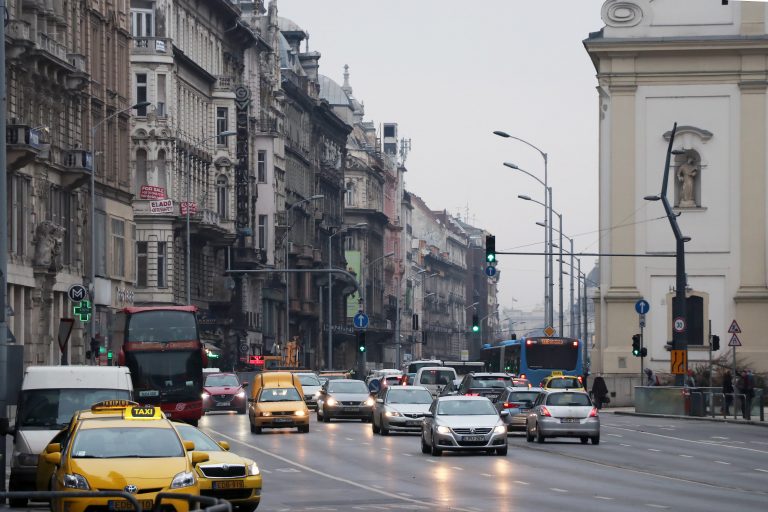
Historic expansion set for M1 motorway in Hungary: 2×3 lane widening project launches
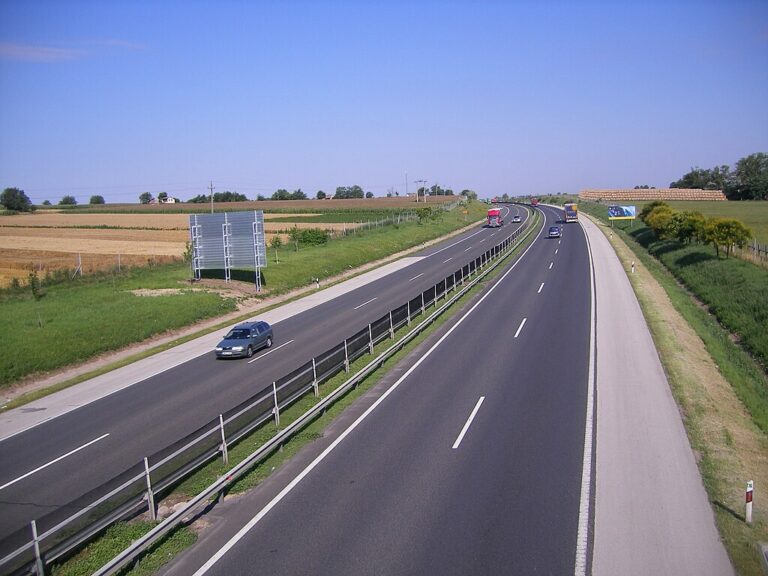
Attention, drivers! Speed limits lowered at several locations in Budapest
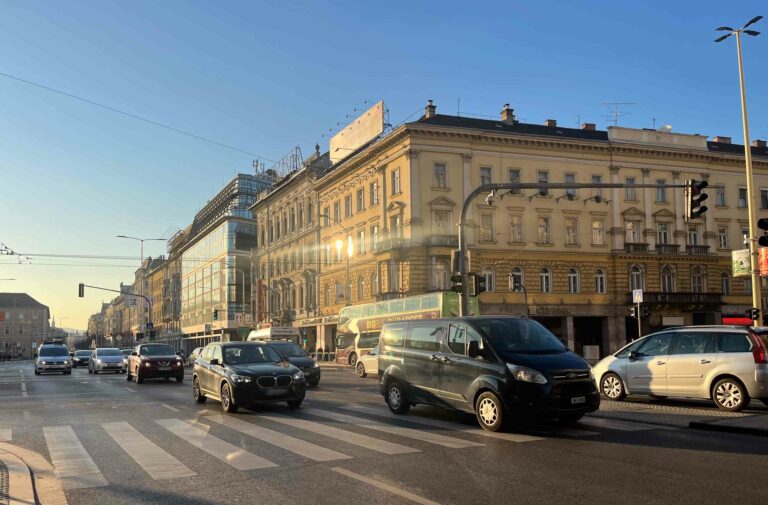
Residents outraged over new Asian factory planned for Pest County, Hungary
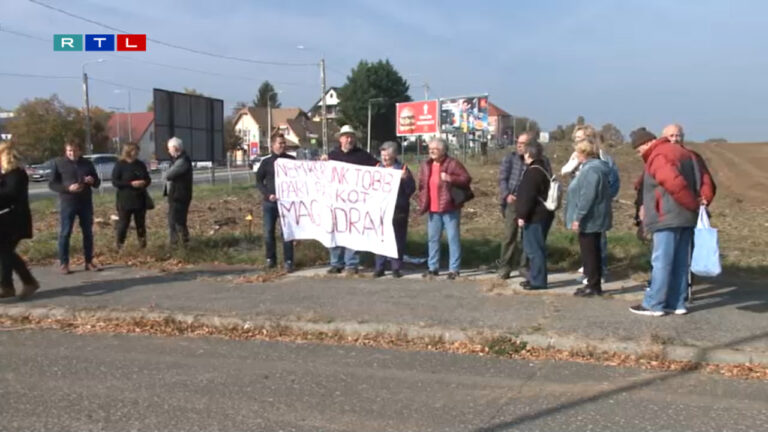
Drivers watch out! 26 fixed speed cameras to be installed in Budapest

Hungary ranks among top 15 most nerve-wracking countries for drivers
